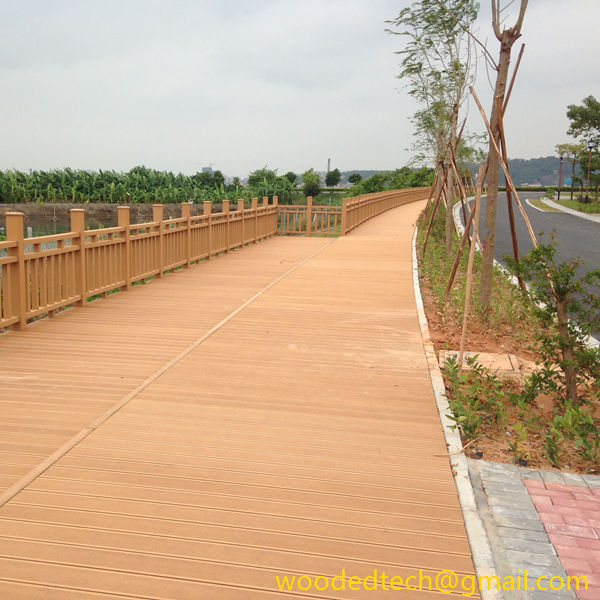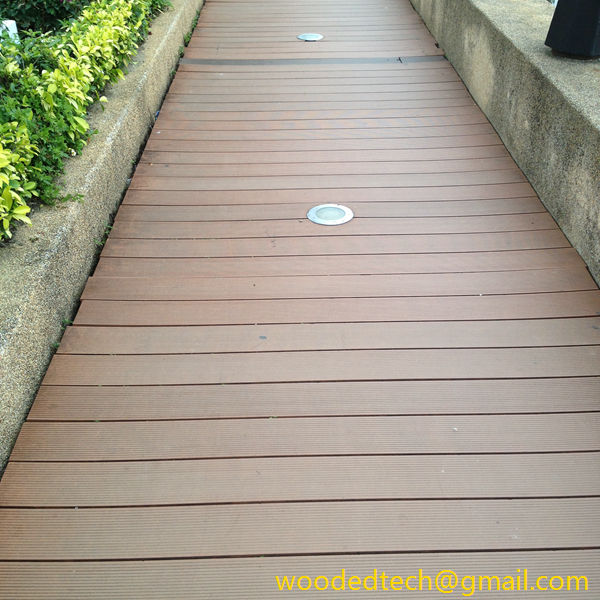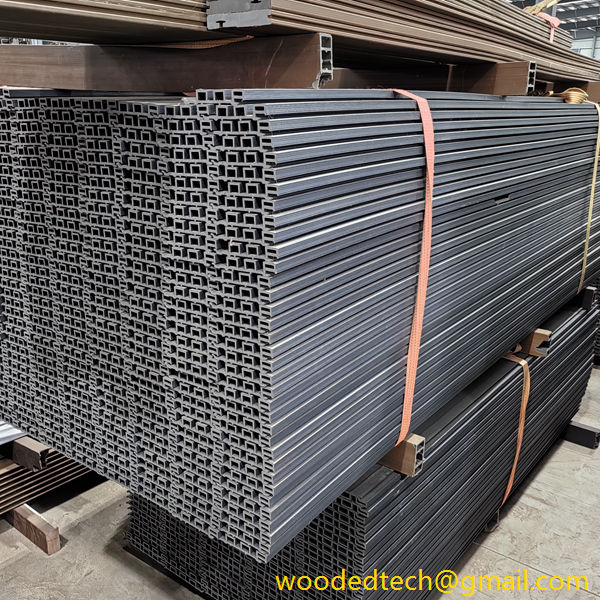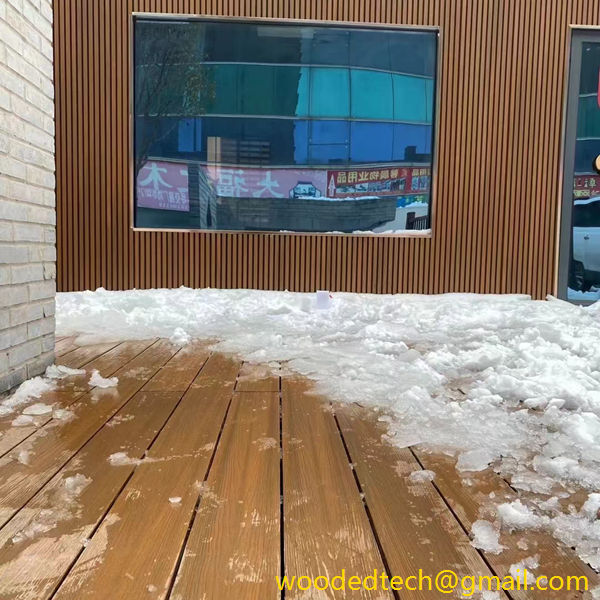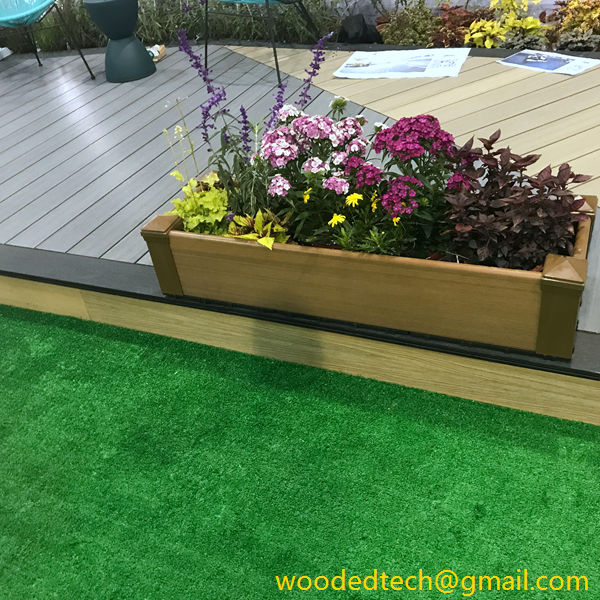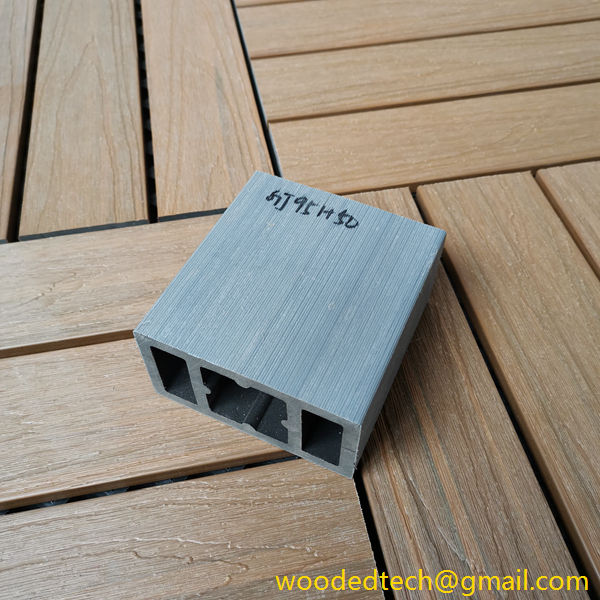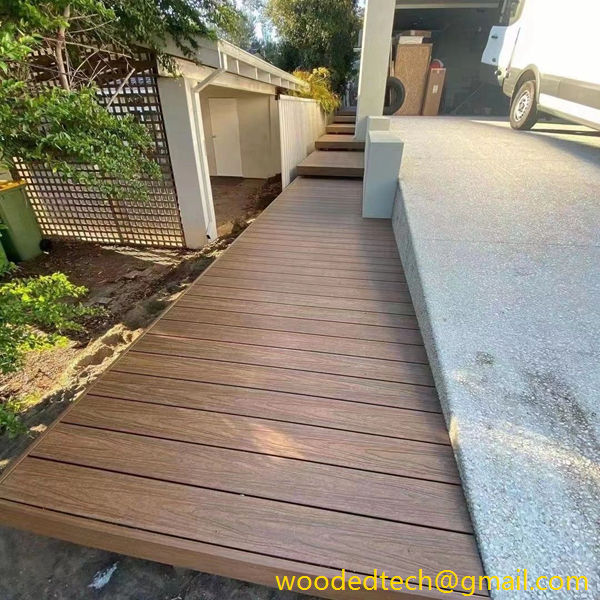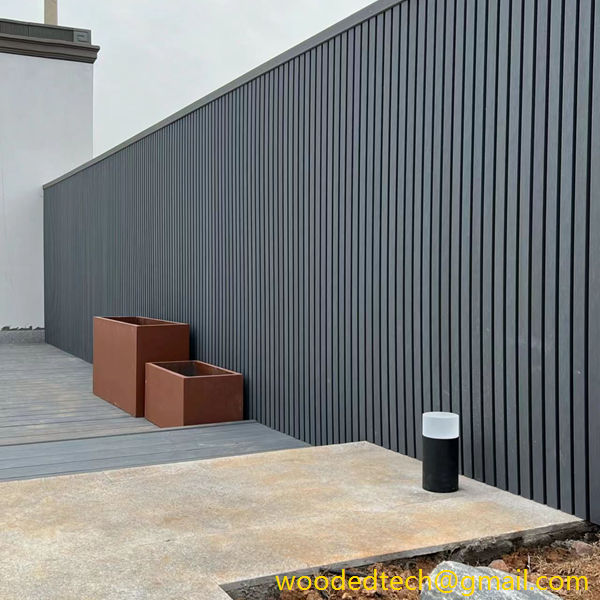How Much Does Composite Decking Cost Compared to Wood: Cost Comparison of Composite and Wood Decking
How Much Does Composite Decking Cost Compared to Wood: Cost Comparison of Composite and Wood Decking When it comes to building a deck, homeowners are often faced with the decision between traditional wood decking and composite decking materials. Both options have their own unique benefits and drawbacks, but one of the most significant factors influencing…
How Much Does Composite Decking Cost Compared to Wood: Cost Comparison of Composite and Wood Decking
When it comes to building a deck, homeowners are often faced with the decision between traditional wood decking and composite decking materials. Both options have their own unique benefits and drawbacks, but one of the most significant factors influencing this decision is cost. In this article, we will explore the cost differences between composite decking and wood decking, while also considering the long-term maintenance expenses associated with each option.
First, let us examine the initial costs of both materials. The price of wood decking can vary significantly depending on the type of wood chosen. Pressure-treated lumber is typically the most affordable option, with prices ranging from two to five dollars per square foot. However, for homeowners seeking a more aesthetically pleasing appearance, options like cedar or redwood can cost anywhere from six to fifteen dollars per square foot. Tropical hardwoods such as teak or mahogany, known for their durability and exotic look, can range from ten to thirty dollars per square foot.
On the other hand, composite decking generally has a higher upfront cost. Homeowners can expect to pay anywhere from four to twelve dollars per square foot for composite materials. The price variation is influenced by the brand, quality, and aesthetic features of the composite boards. While the initial investment for composite decking is typically greater than that of pressure-treated wood, it is essential to consider the long-term value and durability of the materials.
One significant advantage of composite decking is its low maintenance requirements. Traditional wood decks require regular maintenance to preserve their appearance and structural integrity. Homeowners must spend time and money on tasks such as sealing, staining, or painting their wood decks every few years. This maintenance can quickly add up, leading to additional costs over time. In contrast, composite decking is designed to be more resistant to fading, staining, and rotting. Most composite materials only require occasional cleaning with soap and water, making them a more convenient choice for those looking for a maintenance-free option in the long run.
When considering the total cost of ownership, it is crucial to factor in the longevity of the materials. Traditional wood decks typically have a lifespan of around fifteen to twenty years, depending on the type of wood used and the level of maintenance provided. In contrast, composite decking can last anywhere from twenty to thirty-five years or more, depending on the quality of the product. This extended lifespan means that homeowners may save money on replacement costs over time, making composite decking a more cost-effective option in the long run.
Another aspect to consider is the potential for damage and repair costs associated with both materials. Wood decking is susceptible to issues such as splintering, warping, and insect infestations, which can lead to costly repairs or replacements. Composite decking, on the other hand, is resistant to these types of issues, significantly reducing the likelihood of unexpected repair costs. This durability can be particularly beneficial for homeowners living in regions with extreme weather conditions or those who have pets and children.
In terms of environmental impact, composite decking has gained popularity as a more sustainable option compared to traditional wood. Many composite materials are made from recycled plastics and wood fibers, reducing the demand for new lumber and minimizing deforestation. While some wood decking options, such as sustainably sourced hardwoods, can also be environmentally friendly, it is essential for homeowners to consider the source of their materials.
In conclusion, when comparing the costs of composite decking and wood decking, it is essential to look beyond the initial price per square foot. While wood may offer a lower upfront cost, the long-term maintenance, repair expenses, and lifespan of the materials must be considered. Composite decking may have a higher initial investment, but its durability, low maintenance requirements, and extended lifespan often make it a more cost-effective choice over time. Additionally, the environmental benefits of composite decking can be an important factor for homeowners looking to make eco-conscious decisions. Ultimately, the choice between composite and wood decking will depend on individual preferences, budget, and lifestyle, but understanding the long-term implications of each option can help guide homeowners in making an informed decision.

